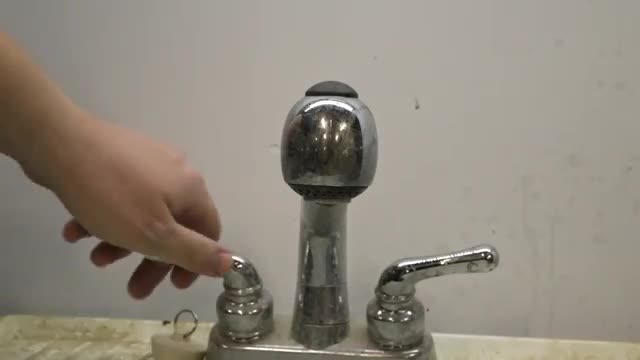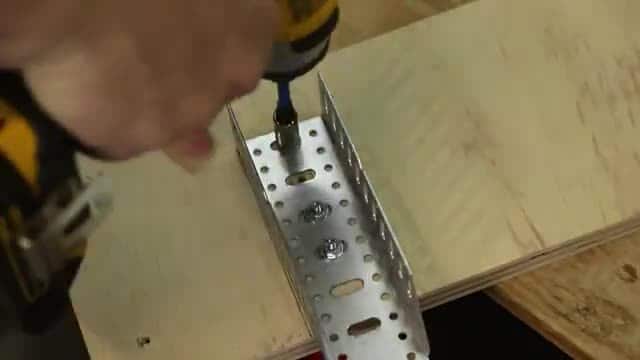Understanding and Managing Your Home’s Water Heater Expansion Tank
Home » Plumbing » Water Heaters »
Understanding Water Heater Expansion Tanks
In a typical residential setting, managing the pressure within your water heating system is crucial to ensure its longevity and safe operation. One critical component that helps achieve this is the water heater expansion tank. This device serves a fundamental purpose in your home’s plumbing system by managing the pressure of heated water. The need for an expansion tank is especially significant in systems where a one-way valve, also known as a check valve, is installed. These valves prevent the backward flow of water from the house to the municipal water supply, thereby necessitating a different avenue to accommodate the increased pressure from heated water.
The Role and Mechanism of Expansion Tanks
At its core, an expansion tank is about dealing with the basic principle of physics that water expands when heated. This expansion needs to be managed because water is incompressible. Without an expansion tank, the pressure from the expanded water would either force its way back towards the municipal supply or place undue stress on the water heater and connected fixtures.
The expansion tank is divided internally into two halves by a diaphragm or bladder. One side is connected to the plumbing system and gets filled with water, while the other contains compressed air. As the water heater operates and water expands, it flows into the tank and compresses the air in the other half. This setup buffers the pressure exerted by thermal expansion, thus protecting the plumbing fixtures and extending the life of the water heater.
Signs of a Failing Expansion Tank
Failure of an expansion tank can lead to significant issues within your home’s heating system, including increased pressure and potential damage to the water heater. A common early warning sign of a failing expansion tank is water leakage from the temperature and pressure (T&P) relief valve. This valve is designed to release water as a safety measure when pressure or temperature surpasses safe limits. However, if this valve frequently leaks or discharges large amounts of water, especially after hot water usage, it could indicate that the expansion tank is not functioning correctly.
Additionally, if upon inspecting the air pressure side of the tank, you find it significantly lower than your home’s water pressure (which should ideally be identical), it is a clear indicator that the tank may be underperforming or failing.
Testing and Replacing an Expansion Tank
To properly test an expansion tank, the water supply must be shut off, and the system depressurized. This process involves measuring the air pressure in the expansion tank and comparing it to the pressure of your water supply. Homeowners can use a standard pressure gauge to perform this test. If the pressure in the expansion tank is too low, repressurization using an air compressor or a bike pump might be necessary.
In cases where the tank cannot hold the repressurized air, it indicates a breach in the internal bladder, necessitating a full replacement of the expansion tank. When replacing an expansion tank, ensure that the new tank’s pressure is pre-set to match your home’s water pressure. It is also critical to drain some water from the water heater to prevent spills when disconnecting the old tank.
Installation Tips and Maintenance
Installing a larger expansion tank than the one previously used is generally acceptable, but downsizing can be problematic due to the reduced volume for accommodating expanded water. During installation, it is crucial to use proper sealing methods such as Teflon tape or pipe dope to prevent leaks. After installation, open the water inlet valve to purge air from the system and check for any leaks.
It is recommended to support the weight of the expansion tank using a secure bracket, especially as the tank can become quite heavy when filled with water. Mounting brackets are available at most hardware stores and can be easily installed with basic tools.
Overall, regular checks and maintenance of the expansion tank can prevent many common issues related to water pressure and help maintain the efficiency and safety of your home water heating system.







